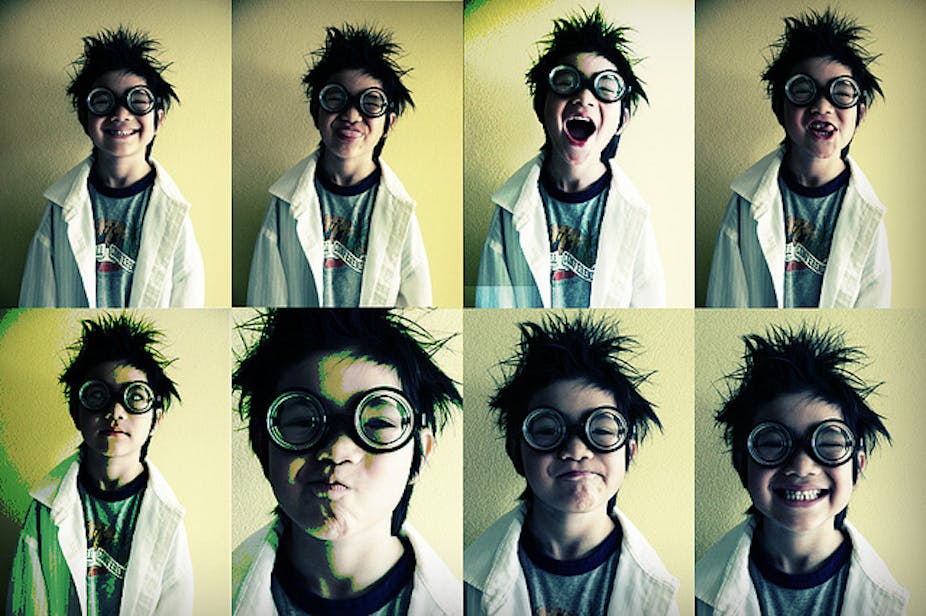THE STATE OF SCIENCE: How does science work? And how can we experiment on things that don’t fit in a lab? Dr Will Howard examines the many faces of the scientific method.
As adults, our understanding of science often comes from secondary-school chemistry or physics classes, in which an important form of instruction is lab-bench experimentation.
These were exercises in which the system being studied could be manipulated and altered in a test tube, and the experiment always finished before the bell rang.
But many scientific insights are drawn from observing systems too large in scale (the universe) or processes too slow (evolution) for us to “experiment” in the same way our high-school selves remember.
“How can you test hypotheses,” a criticism might go, “when you can’t run, much less replicate, the experiment?”
Taking science out of the lab

A feature of many sciences is that we cannot manipulate the system we’re trying to study in the same way laboratory chemists can.
We can’t go back to put dinosaurs on Earth and hit the planet with a big asteroid to see what happens. Nor can we then repeat this with a smaller asteroid to see the difference …
Instead, we have to accept and make use of the fact the “experiment” has already been run. And the results are often hidden in the strangest of places – such as ice cores, tree trunks or peat marshes.
In earth sciences, understanding the history of how our planet has changed is vital to understanding many long-term processes such as climate change, evolution and plate tectonics.
We use these histories to help us understand and anticipate many aspects of our planet’s future, from earthquake prediction to climate change.
Knowing our history
Scientists use available information about the past – the geologic record, say – to come up with models, theories or hypotheses that explain given processes, then see if these explanations are consistent with the results of the “experiment”.
In earth sciences, understanding the history of how our planet has changed is vital to understanding many dynamic processes.
The past record of climate, ecology, and the carbon cycle change is a key resource available for science to evaluate models that attempt to forecast global changes of the future.
If the models can “hindcast” history, we have some confidence in what they tell us about the future.
Human beings are changing Earth, with consequences that are difficult to predict. Climate scientists such as myself take advantage of the fact that natural changes have occurred in the past to gain insight into the sensitivity of climate, ecosystems and the carbon cycle to human impact.
Because some of these processes have time-scales from thousands to millions of years, we must use long-term histories to build our ability to understand and anticipate many aspects of our planet’s future.
The world in a test tube

A similar issue arises when we consider the question of global warming and the impact of the human addition of greenhouse gases (GHGs) to the atmosphere.
We don’t have a duplicate “control” planet we can use to see what happens if we don’t add GHGs, nor yet another where we add half the GHGs we’re adding, and so on.
One problem, of course, is that the “outcome” is imperfectly recorded, and we cannot (as yet!) travel back in time to watch the experiment unfold.
We can do some virtual experimentation: we can simulate the system with mathematical models, and test the simulated outcome against the record to see if the idea fits.
When evidence is found that doesn’t fit, we go back to the drawing board to modify (or abandon) the models.
In this sense, these scientific exercises are like any other. The rules of the game of science are the same if we’re manipulating a solution in a test tube or if that “test tube” is the whole universe.
In other words, science can, and must, be approached in several different ways and contexts, but the game always remains the same.
This is the third part of The State of Science. To read the other instalments, follow the links below:
Part One: Does Australia care about science?
Part Four: Express yourself, scientists – speaking plainly isn’t beneath you
Part Five: Science is imperfect – you can be certain of that
Part Seven: When things don’t add up: statistics, maths and scientific fraud
Part Eight: Get real: taking science to the next generation of Einsteins
Part Nine: Critically important: the need for self-criticism in science
Part Ten: Please, sirs, can we have some more? Aussie scientists need fuel, not gruel
Part Eleven: Scientists and politicians – the same but different?
Part Twelve: Tweed or speed … a day in the life of a modern scientist

